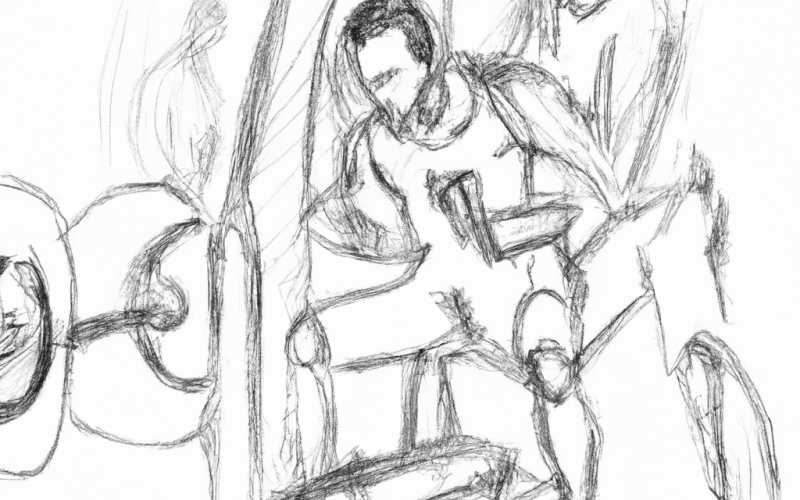Body fat distribution varies from person to person, influenced by factors such as genetics, hormones, and lifestyle. While most people find certain areas more challenging to tone than others, there’s always a perennial question: Which body part is genuinely harder to lose fat? Let’s dive into the complexities of fat distribution and shed some light on this topic.
Understanding the Basics of Fat Distribution
Fat cells, or adipocytes, are distributed throughout our bodies. However, the behavior and type of these cells can differ depending on their location. It’s this variability that leads to the concept of “stubborn fat” – those pockets of fat that don’t seem to budge despite our best efforts.
Key Factors in Fat Distribution
1. Genetics:
Your DNA plays a pivotal role in determining how and where your body stores fat. If your parents or grandparents struggled with belly fat or fat around their thighs, you might find these areas challenging as well.
2. Hormones:
Hormonal fluctuations, especially those related to stress, menstruation, and other life stages, can influence fat storage. Cortisol, for example, has been linked to abdominal fat, while estrogen can influence fat storage on the thighs and hips.
3. Age:
As we age, metabolic changes and hormone levels can result in fat being redistributed to different areas of the body.
The Common Culprits of Stubborn Fat
While fat storage preferences can vary based on the individual, certain areas consistently rank as the toughest to lean out:
Approaching Fat Loss Effectively
Understanding that spot reduction is a myth is vital. You can’t perform exercises targeting a specific area and expect fat to melt away from that spot alone. However, there are broad strategies that can help in fat loss:
While certain areas might feel harder to trim down than others, it’s essential to approach fat loss holistically. By focusing on overall body health and understanding the factors affecting fat distribution, one can set realistic goals and achieve sustainable results. Remember, everyone’s body is unique; what might be a stubborn area for one person might be different for another. The key is consistency, patience, and a well-rounded approach.
